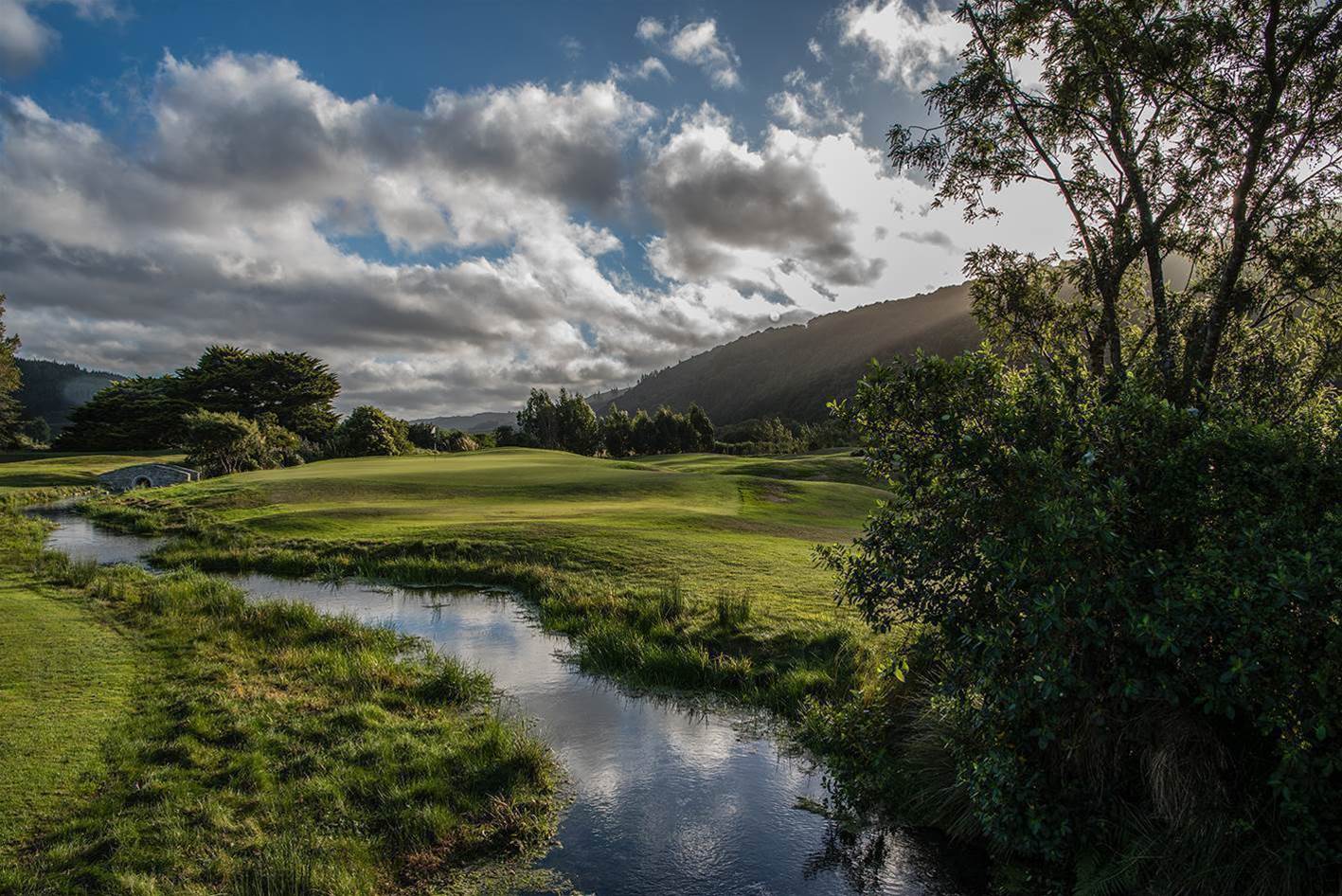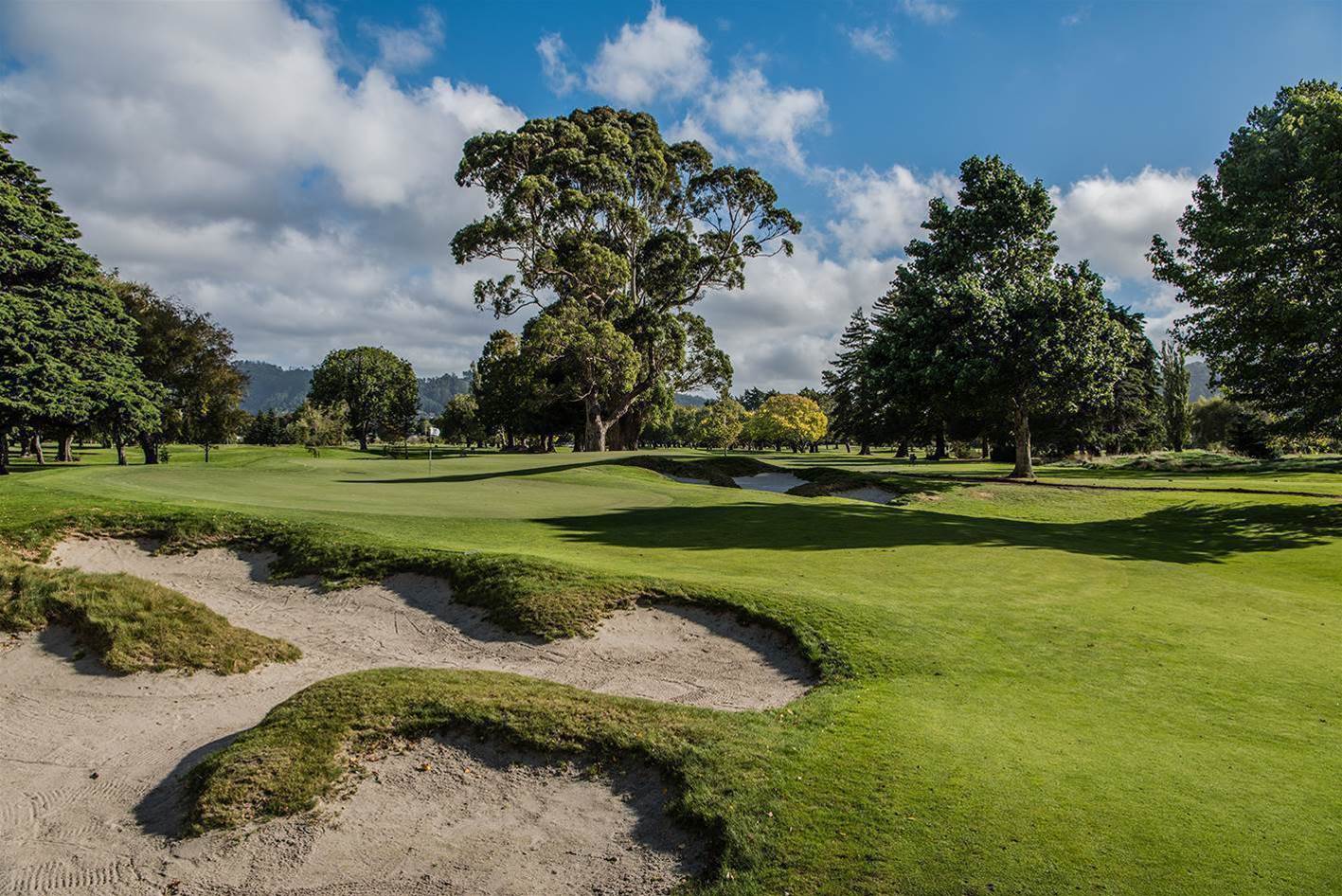New Zealand’s Royal Wellington Golf Club has completed its preparations for tomorrow's start to the 2017 Asia-Pacific Amateur Championship – which will see the region’s best amateur golfers compete for the trophy and a start in the US Masters and The Open Championship
The event is a joint initiative by the Asia Pacific Golf Confederation, the Masters Tournament and The R&A – meaning the winner will receive an invitation to play at Augusta National in April and Carnoustie in July.
 Australia will be represented by a group of six players and boasts the two highest ranked talents in the field – Travis Smyth and Harrison Endycott, who are positioned 12th and 14th respectively in the World Amateur Golf Rankings.
Australia will be represented by a group of six players and boasts the two highest ranked talents in the field – Travis Smyth and Harrison Endycott, who are positioned 12th and 14th respectively in the World Amateur Golf Rankings.
Smyth, 22, (pictured right) will be making his third tournament appearance and finished T12 in 2015. The New South Welshman recently won the Northern Territory PGA Championship by six shots and is the in-form favourite heading into this week.
Smyth has travelled across the Tasman multiple times throughout the year to familiarise himself with the host course.
“By the time the tournament starts we’ll have played more practice rounds at Royal Wellington than any other country, except the Kiwis of course,” Smyth said recently.
He successfully completed another practice round on Monday in windy conditions and looks primed to make it back-to-back victories for his country, after Curtis Luck won last year’s championship.
Dylan Perry, Min-woo Lee, Shae Wools-Cobb and Charlie Dann complete the Australian contingent at Royal Wellington, which looks well prepared ahead of Thursday’s opening round.

The club has hosted seven New Zealand Open Championships since opening in 1908 – and in 2004 it became the first club in the country to receive Royal status.
Its greens are immaculate, fast and true, while the fairways appear well maintained and are boarded by healthy rough. And although the course will be shortened this week to 6,258 metres (from its usual 6,950m), it is by no means a pushover.
Like any well-designed golf course, positioning is paramount throughout – both off the tee and into greens – and the opening hole provides a sound example of that. The 346-metre par-4 features an elevated tee shot while a fairway bunker to the right encourages a slight draw. But anything pulled or hooked will find the greenskeepers’ sheds. A good drive, however, will leave players with nothing more than a flick with a wedge for their approach into a two-tiered green. A range of scores should be expected here.
Meanwhile, at the 193-metre par-3 3rd hole, tee shots will appear to touch the peak of the mountain in the background before plummeting – hopefully – onto a wide green that features a crest down its centre. This will prove a difficult hole when the pin is tucked behind the bunker on the right.

Positioning off the tee is once again crucial at the 499-metre par-5 4th hole. A stream cuts the fairway in two just prior to the landing zone, which is protected by a troublesome bunker on the right, while water runs the entirety of the right flank and feeds into a large greenside lake.
Players should easily be able to attack the green in two provided they find the fairway because the prevailing wind comes from the south behind the players' backs. The approach, however, is a difficult one, as the hole meanders to the right and forces a carry over the aforementioned lake. Long, deep, trench-like bunkers protect a two-tiered green at the front and back. This is certainly one of Royal Wellington's most scenic and exciting holes to play or observe.

Another great challenge comes in the form of the 360-metre par-4 7th hole. A lot of players will take less than driver here because hitting the fairway – and the right part of the fairway – is crucial. Trees will block anything pushed right, while anything further than that will find a stream. The green is hidden from the tee and is slightly elevated with a false front. This is a difficult hole, especially when the wind is blowing from the west.
One of the most intriguing driving holes on the back nine at Royal Wellington comes at the 300-metre par-4 14th. A challenging tee shot plays adjacent to the Hutt River and across a stream, which continues to run along the right flank. And although the hole encourages a slight fade, anything too far right will find sand or water. Depending on the strength and direction of the wind, players will opt for a mixture of clubs across the four days here.
The 497-metre par-5 closing hole – where the winner of this year’s Asia-Pacific Amateur Championship will be crowned – provides one final test.

A bunker on the left protects a wide landing area, while another bunker lurks behind it, hidden from the tee. Longer hitters will follow their tee shots by attacking a large, teardrop green that slopes back to front, which is – like so many before it – protected left and right by menacing bunkers. If the pin is forward, anything on the upper two tiers will leave a testing downhill putt.
The 2017 Asia-Pacific Amateur Championship will be played at Royal Wellington Golf Club from October 26 – 29. Golf Australia will provide daily updates and you can follow the progress of the Australian contingent on twitter @GolfAustMag
Related Articles

Scottie Scheffler joins Tiger Woods in rarefied air

Landmark professional golf tournament coming to Auckland













